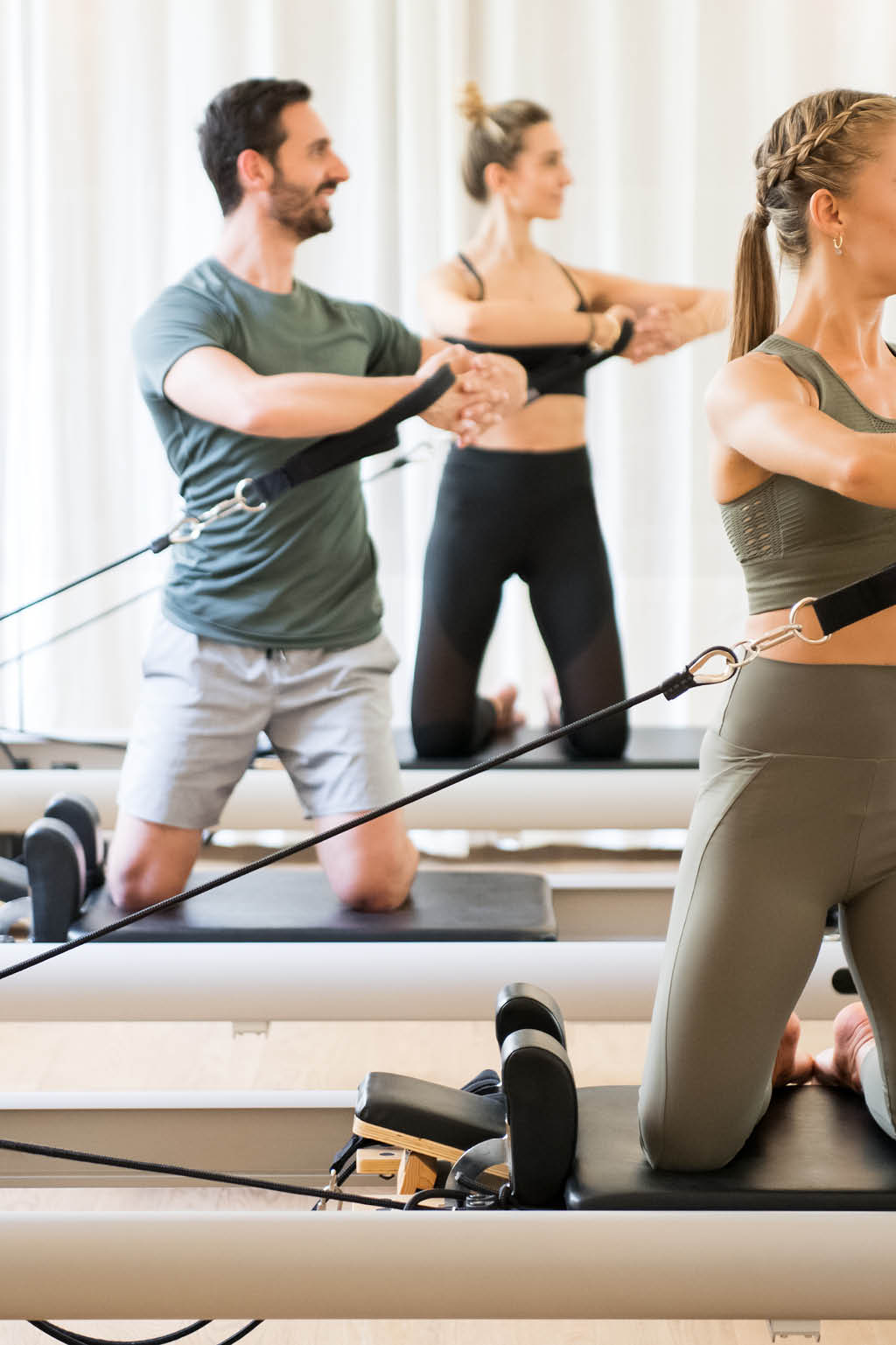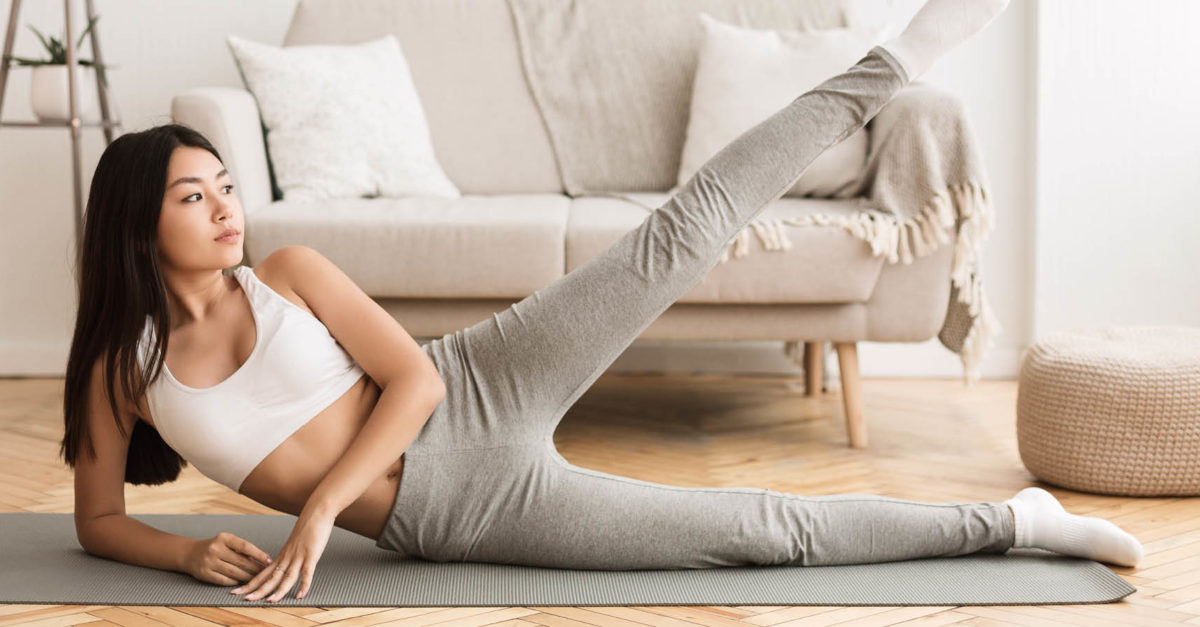The Powerhouse of Fitness
An interesting fact about Pilates is that, it was, in fact, named after a person. Joseph Hubertus Pilates was born in Germany in 1883, and, as he grew up, he became interested in what it took to find balance in the mind and body. This led to his development of the technique we’re familiar with today, which places emphasis on core strength, alignment, flexibility, and muscle development. The method he founded during World War I in 1914 would later be introduced to the United States after his emigration here in 1926. He opened a studio that was shared with the New York City Ballet and resulted in a clientele primarily consisting of dancers.
As the studio’s success grew, Pilates himself continued to train clients until his death in 1967. Although this low-impact exercise didn’t permeate the mainstream wellness space until the late ‘90s, the principles left behind by its founder remain more influential than ever today.
At Its Core
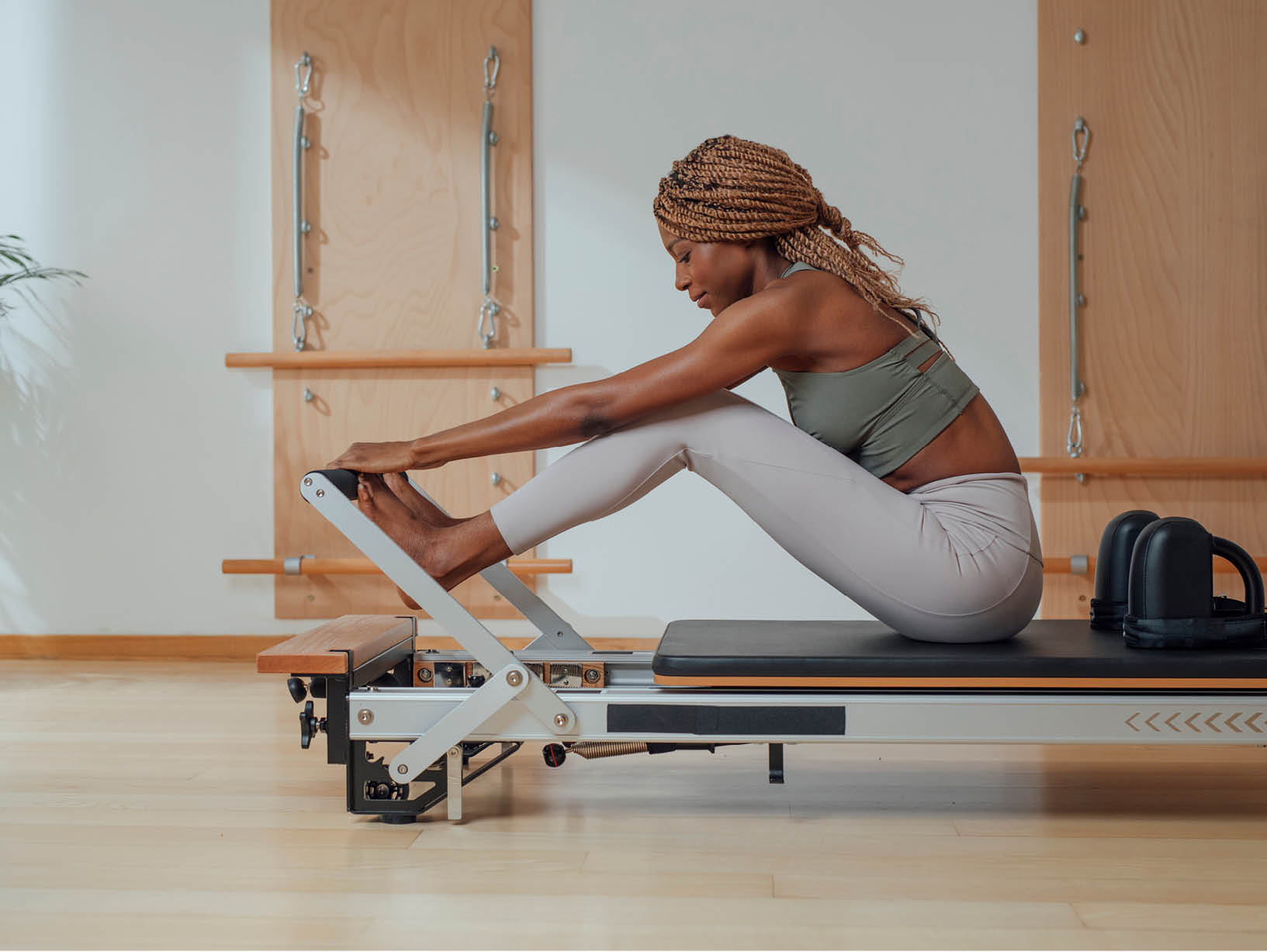
As the debate on low-impact versus high-impact exercise rages on, it’s important to note that each workout type has its own unique set of benefits. Pilates, falling into the low-impact category, revolves around toning your body by way of micromovements. You won’t necessarily be dripping in sweat like you would at the end of a HIIT (high-intensity interval training) workout, but, with consistent practice, you’ll notice a recognizable difference in your body. As Joseph Pilates himself once said, “In 10 sessions you’ll feel the difference, in 20 you’ll see the difference, and in 30 you’ll have a whole new body.” Those sessions range from forty-five to sixty minutes, depending on the Pilates studio you frequent.
A 2016 study in The Journal of Sports Medicine and Physical Fitness found that Pilates can improve the aforementioned areas just after eight weeks, but especially abdomen muscles and balance. Your core is—or should be—engaged throughout the duration of many different workouts, and continuing to strengthen and tighten those muscles will help take some strain away from your neck and back. Exercises that you may think are all in the legs or in the arms actually require a lot of core strength, too, and Pilates can help activate those muscles more easily.
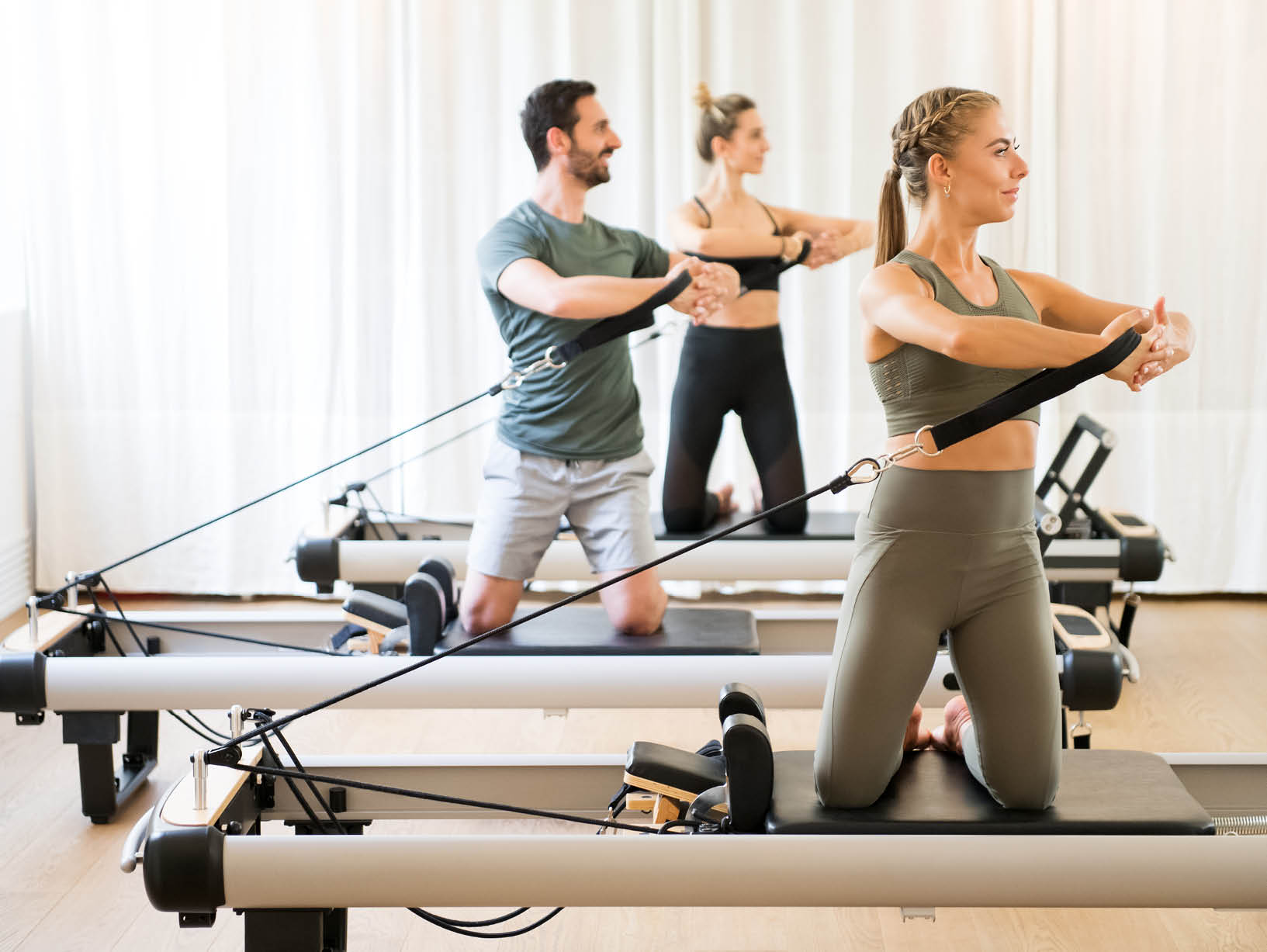
A specific way the practice does this is with its signature exercise, the “hundred,” named for the one-hundred-second-long arm movements performed, through which the deeper abdominal muscles are engaged. To do the exercise, lie on your back with your head and shoulders raised off the mat, and raise your legs to a ninety-degree angle at the knees. (Beginners can keep their feet on the mat, and those who are more advanced can extend their legs to a forty-five-degree angle.) Straighten and pump your arms about two inches off the ground for one hundred counts.
Given the ballet dancer clientele and movements focused on core strength, it may come as no surprise that another benefit to consistent Pilates practice is better posture. One way a typical class achieves this is through a group of exercises that includes deep breathing, planks, and the roll up: a classic Pilates move that involves lying on a mat and curling up
one vertebra at a time, with arms overhead, and reaching for your toes, thus bringing awareness to the importance of elongating your body.
Mentality Matters
Many fitness regimens require a certain mind-body connection that allows you to truly reap all the benefits of the workout. For Pilates, with the number of specific movements it has, this rings especially true—it’s often linked to yoga for this very reason. You need only look to another Joseph Pilates quote to understand: “A body free from nervous tension and fatigue is the ideal shelter provided by nature for housing a well-balanced mind…” He was a big proponent of the idea that centering the mind influences your physical well-being.
This notion of centering is one of the practice’s primary components. It circles back to, you guessed it, activating your core muscles. Honing your focus on this muscle group requires a significant amount of concentration, which is why so much of what you can gain from Pilates comes from consistent practice. It’s important to not lose hope if you’re not getting it after one, or even a few, classes.
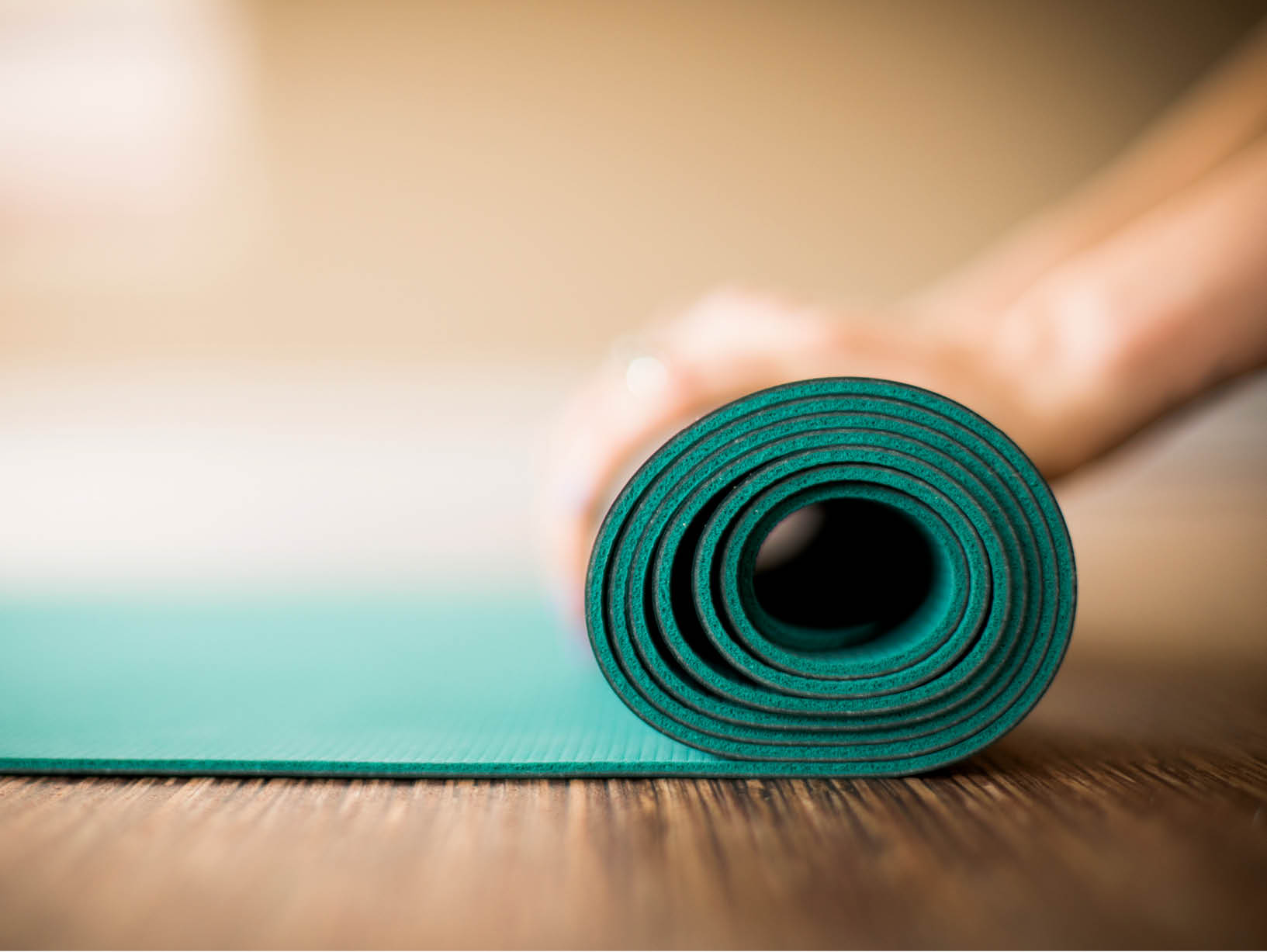
Breath and fluidity are also a couple of Pilates’s main elements. Deep-breathing exercises are incorporated into a typical class, with a heavy emphasis placed on the harmonization between the breath and a specific movement. This coordination leads to flow—a facet of the practice that refers to the mind and body working together throughout the duration of various exercises.
Equipped to Succeed
The Reformer, an apparatus designed by Joseph Pilates, is a carriage on tracks that moves back and forth. Its purpose is to give you better alignment by way of resistance, which your body weight and the connected springs provide. Flexibility and core strength are some of the results of using a Reformer. The mechanics of the machine are intricate, but the footbar (essentially a launchpad), the carriage (what you lie on), and the straps (attached at the top of the Reformer to create a pull or push motion) are the basic elements to know.
A Reformer class may be slower paced, but that doesn’t mean it’s easy. The varying resistance levels function to optimize the exercises on the machine. Your instructor is there to tell you the proper intensity of resistance, correct your form, and provide various moderations based on skill level.
On the Mat
Both Reformer and mat classes revolve around the same types of movements and mind-body connection; however, the approach is different. A mat class is usually less expensive, and, depending on where you live, more accessible (especially since you can take a class virtually). Some studios may utilize small balls, a foam roller, or bands as well. Series of five—a group of exercises that includes leg stretches, scissors, and leg lifts—is one of the most common mat Pilates movements. These exercises aim to work the entire body, and, as a result, you will be sore the next day.
THINGS TO KNOW:
• Wear formfitting clothing and socks with grip.
• If you’re unsure of how to do an exercise, ask the instructor for help.
• Complement Pilates with other workouts throughout the week, taking a day or two off from the practice.
If you want a total body workout—that benefits your mental health as much as your physical well-being—then Pilates is the activity for you.
For more info, go to pilates.com
